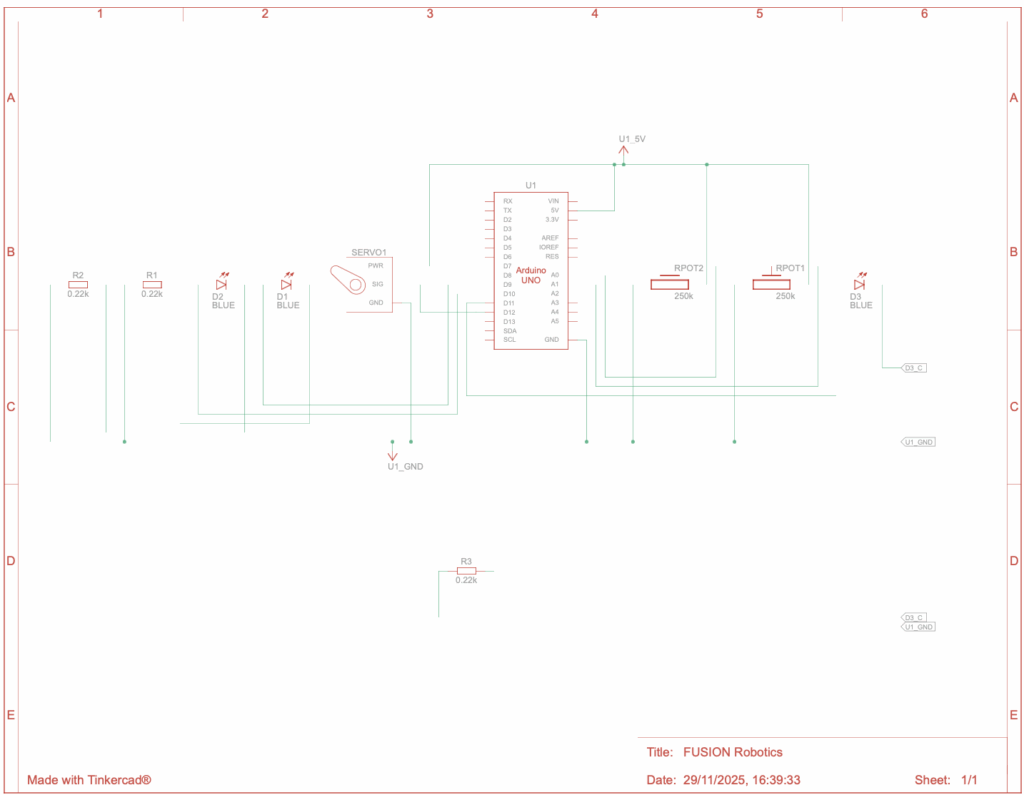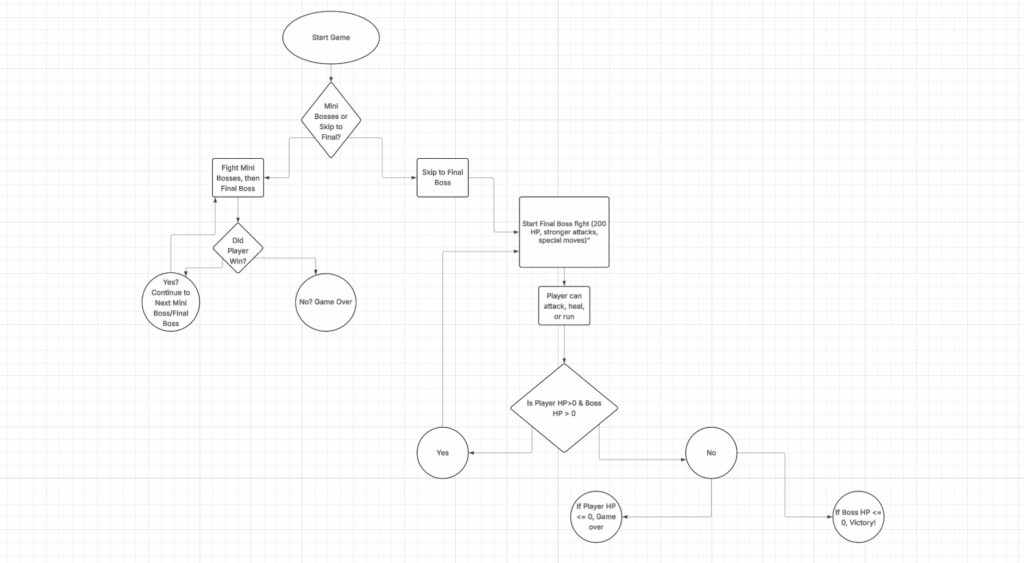Introduction
I chose Teegarden’s Star b because it’s one of the closest similar Earth mass exoplanets we’ve found only situated about 12.5 lightyears away, and its size and energy intake makes it one of the more realistic places where liquid water could exist. But choosing a “potentially habitable planet” is only the beginning. If we were ever to send people there, the environment around the Planet would affect our every decision. Its radiation, stellar activity, and orbital conditions all affect how a vehicle must be designed and protected. That’s why we looked at real spacecraft systems and shielding strategies: understanding how current spaceships or rovers survive harsh conditions helps me imagine a vehicle that could actually keep its occupants safe on a journey this long.
Opportunities
Teegarden’s Star b provides opportunities due to its Earth like mass, which means gravity could feel familiar and manageable for human life. Because it receives a similar amount of starlight to Earth, the planet may be able to maintain liquid water and a temperate climate if it has a stable atmosphere. Its close orbit around a faint star could also allow for efficient power generation using infrared optimized solar technology. Overall, it presents a promising environment for scientific exploration and potential colonization.
Challenges
One major challenge is that the planet orbits extremely close to its small star, making tidal locking highly likely meaning one side may be in permanent daylight while the other remains dark. This could create extreme temperature differences and atmospheric instability. Red dwarf stars also emit strong solar flares and radiation that could strip away a planet’s atmosphere. Because the planet does not transit its star, we still do not know its radius, atmosphere, or true surface conditions, adding large uncertainties to any colonization plans.
Vehicle Design
Designing a vehicle for a journey to Teegarden’s Star b means preparing for an environment harsher than anything experienced on Earth. The ship isn’t just used for transportation, it is the only barrier between the crew and constant radiation, freezing temperatures, micrometeoroids, and complete isolation.
Radiation is one of the biggest threats in deep space. Without Earth’s magnetic field or atmosphere, the crew would be exposed every day, so the vehicle needs several layers of protection. Hydrogen rich materials like water or polyethylene can be placed around the living areas to block high energy particles. Using a layered combination of lighter and heavier materials helps reduce different kinds of radiation without creating harmful secondary effects. The ship would also need a small, heavily protected “storm shelter” where the crew could stay during bursts of radiation from the star. Even basic elements of the ship, like water tanks or fuel storage, can be arranged around the cabin to add extra shielding without adding much mass.
The structure of the vehicle also has to survive meteoroid impacts and major temperature swings. Materials such as aluminum lithium alloys, carbon composites, and multi layer insulation help the outside of the ship stay both strong and lightweight.
Power and reliability are another major challenge. Because a mission like this would last decades, all systems need to be redundant, modular, and able to withstand years of radiation exposure. This is one reason I looked at the computers used on missions like the Mars rovers. They show how engineers design hardware that keeps working in extreme conditions and gave me ideas about how similar systems could be protected on our vehicle.
How?
Scientists discovered Teegarden’s Star b using the radial velocity method , where precision spectrographs like CARMENES detect tiny wobbles in the star caused by orbiting planets. Follow-up observations from instruments such as ESPRESSO, MAROON-X, and TESS refined the planet’s orbital period (4.9 days), minimum mass (approx 1.1 Earth masses), and its possible position in the habitable zone. Climate models and computer simulations have explored whether it could support liquid water. The main scientific reports detailing this are Zechmeister (2019), whom first announced the discovery, and Dreizler (2024), whom revisited the system with newer data.
Conclusion
Teegarden’s Star b stands out as a realistic but challenging candidate for future exploration or settlement. Its Earth like mass and position near the habitable zone offer promising opportunities, yet its close orbit, possible tidal locking, and uncertain atmosphere require advanced engineering solutions. The vehicle design formulas covering radiation shielding, power generation, and torque requirements highlight at how scientific principles guide every part of mission planning. Although many conditions remain unknown, the research methods used to study the planet provide increasingly precise data, allowing us to design smarter, safer systems for operations on a world so different from our own.
References
Boukrouche, R., Caballero, R., & Lewis, N. T. (2025). Near the runaway: The climate and habitability of Teegarden’s Star b. The Astrophysical Journal Letters, 993(1), L19–L19. https://doi.org/10.3847/2041-8213/ae122a
vWard, C. (2024, August 22). Where we would send the Ark: The best exoplanets within 25 light-years. SYFY. https://www.syfy.com/syfy-wire/the-best-exoplanets-within-25-light-years
Wikipedia Contributors. (2022, November 13). Teegarden’s Star b. Wikipedia; Wikimedia Foundation. https://en.wikipedia.org/wiki/Teegarden%27s_Star_b
Zechmeister, M., Dreizler, S., Ribas, I., Reiners, A., Caballero, J. A., Bauer, F. F., Béjar, V. J. S., González-Cuesta, L., Herrero, E., Lalitha, S., López-González, M. J., Luque, R., Morales, J. C., Pallé, E., Rodríguez, E., Rodríguez López, C., Tal-Or, L., Anglada-Escudé, G., Quirrenbach, A., & Amado, P. J. (2019). The CARMENES search for exoplanets around M dwarfs. Astronomy & Astrophysics, 627, A49. https://doi.org/10.1051/0004-6361/201935460



